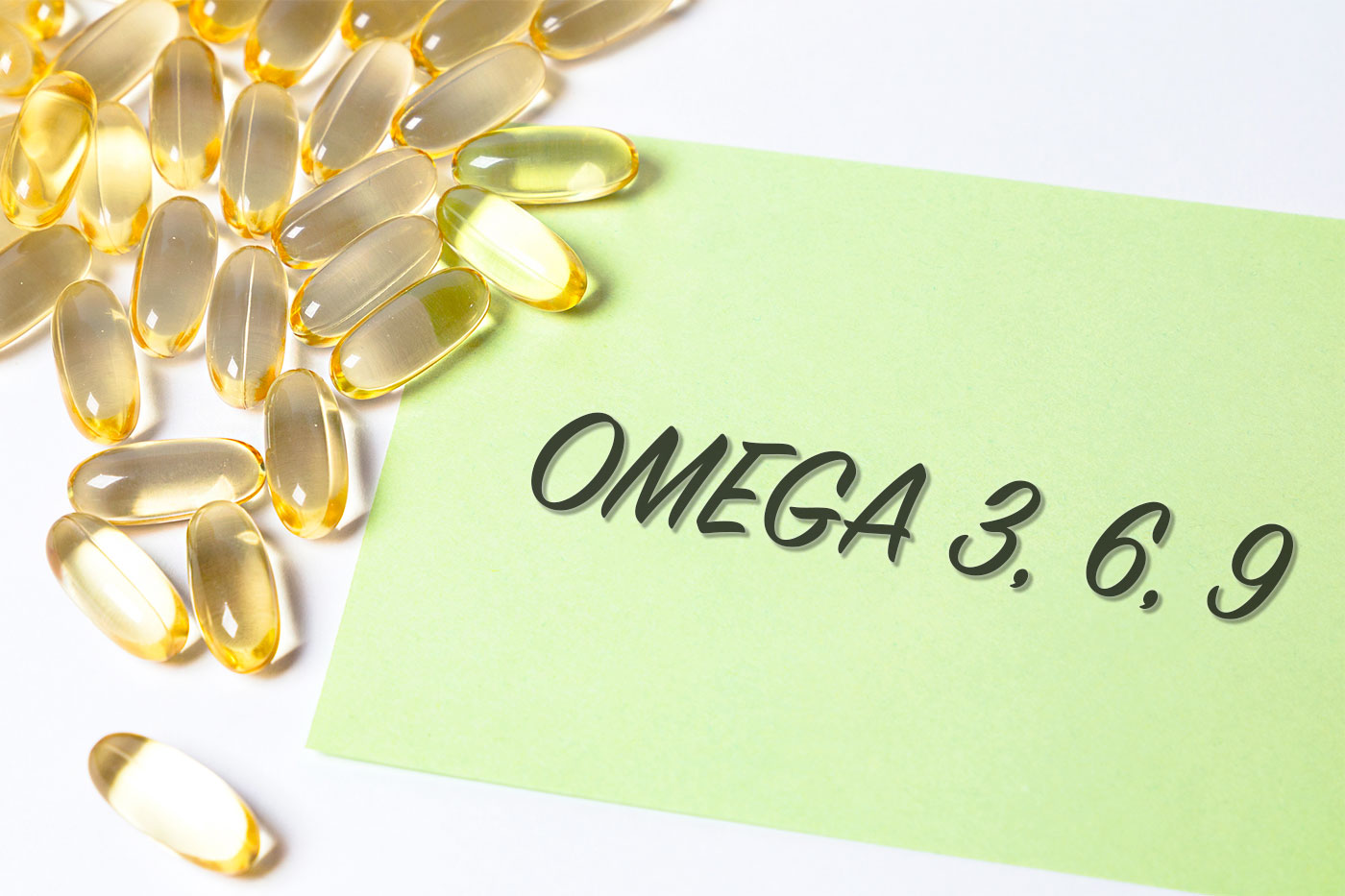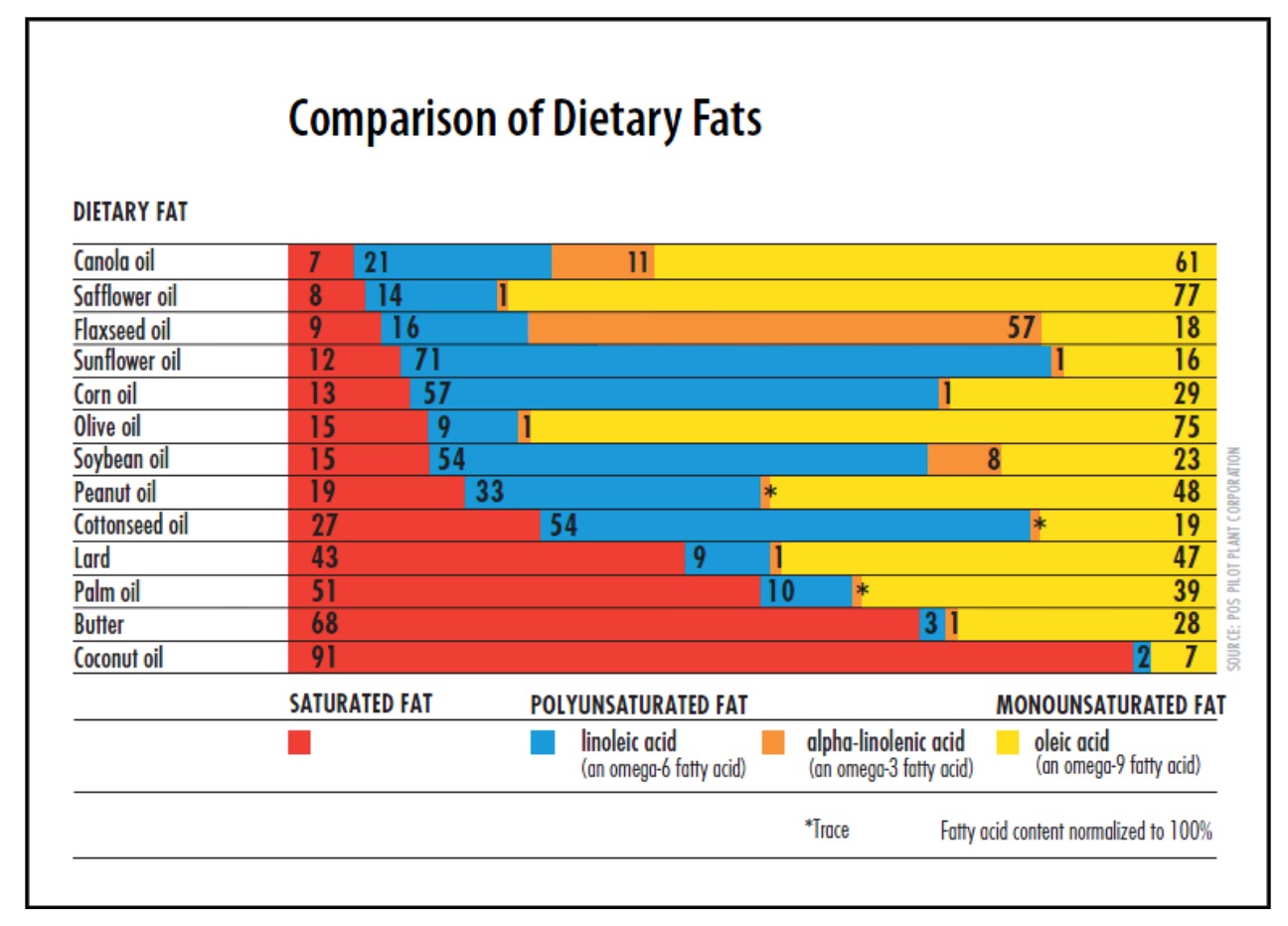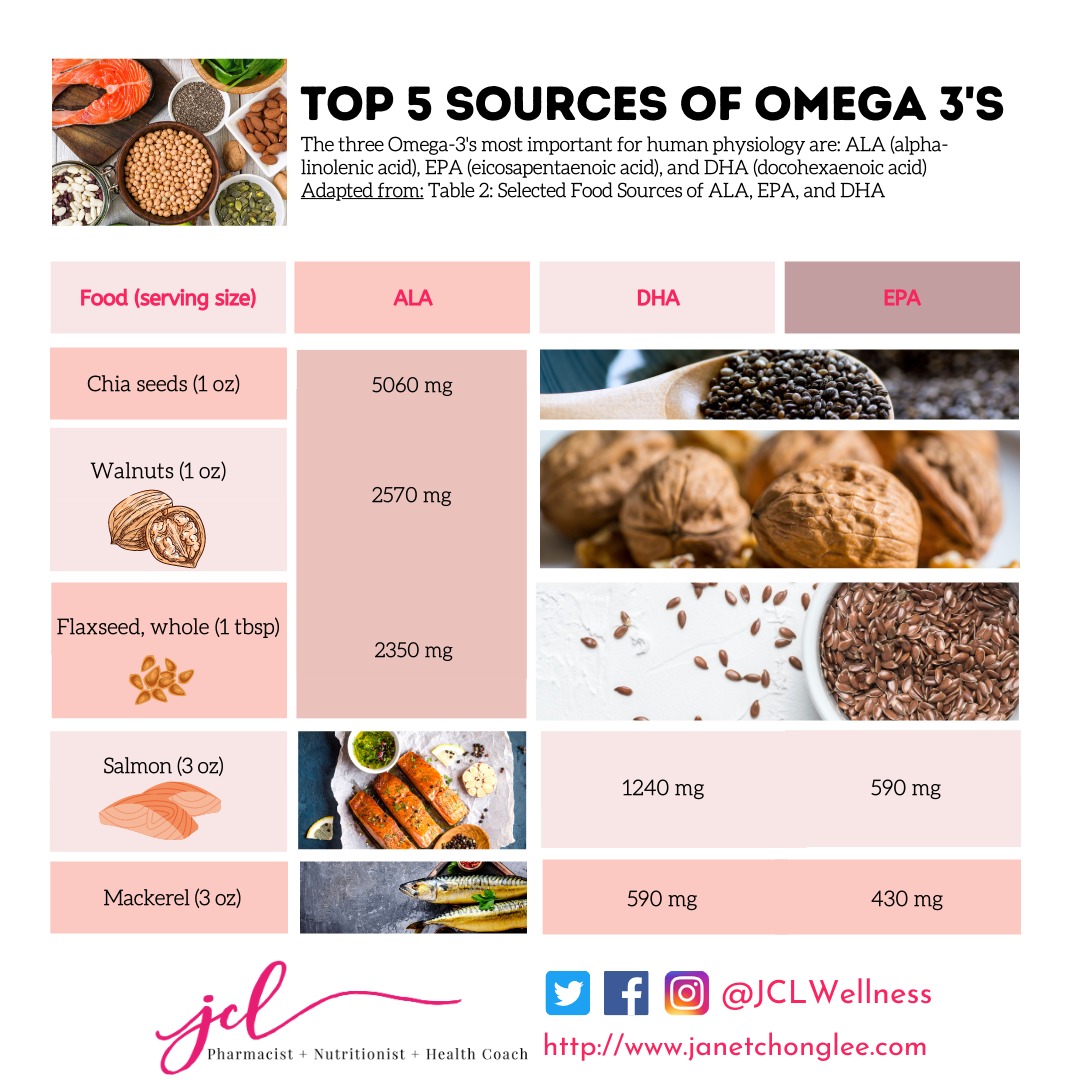We've all heard that omega-3 or eating fish is good for us, and some of us might even interpret this to mean that all omegas are good, and therefore more = better.
January 15th, 2021

"I've heard omega-3 is good for me!" Therefore, Omega 3-6-9 is even better, right?
We've all heard that omega-3 or eating fish is good for us, and some of us might even interpret this to mean that all omegas are good, and therefore more = better.
Here's what we know:
Omega-6 is ubiquitous. It is present in safflower oil, sunflower oil, corn oil, "vegetable" oil and soybean oil. Almost all of the processed foods we buy today uses one or more of these oils. Most restaurants also cook and fry foods with one of these omega-6 rich oils (therefore, supplementation not needed in the general population). If we are using these oils in our home, then we further increase our omega-6 consumption.
On the other hand, most of us don't consume enough omega-3 rich sources of foods. The three most common omega-3 fatty acids are: ALA (alpha-linolenic acid), EPA (eicosapentaenoic acid), and DHA (docohexaenoic acid). DHA and EPA are commonly referred to as "fish oil" , as its most common source is fish and phytoplankton. Common terms for DHA and EPA also include “long-chain omega-3 fatty acids,” “seafood-derived omega-3 fatty acids,” and “marine omega-3 fatty acids.” Most of us get enough ALA from nuts, seeds, and cooking oils. And while ALA can be converted into EPA and DHA in the body, this process is not very efficient and so many of us do not get the EPA and DHA that we require for optimal health.

You can see here that almost all forms of dietary fat contain omega-9 (yellow), and many of them also contain some omega-6 (blue) fatty acids. ALA (orange) is only really present in flaxseed oil. However, flaxseed oil is cold-pressed and should never be heated or used for cooking.
So, we've discussed:
Omega-9: present in many forms of dietary fat, and is NOT essential (supplementation not needed in the general population).
Omega-6: many of the processed foods (i.e. snacks, takeout) we eat are prepared in omega-6 rich oils (therefore, supplementation not needed in the general population).
Omega-3: ALA is most easily obtained from nuts, seeds, and certain sources of dietary fats. Most of us have sufficient intake of ALA, but its conversion to DHA and EPA is low (roughly 10-15%) (supplementation not needed for ALA, DHA and EPA supplementation likely needed).
The best way to get EPA and DHA is through supplementation or through our diet. It's always best to try to obtain as much as you can through food (i.e. food first approach), then supplement if needed.
For general health, 250 - 500 mg of combined EPA and DHA is the minimum dose that has been recommended and can be easily obtained through fish intake. Again, this is the minimum dose suggested by many health organizations, not the dose for optimal functioning or health. Unlike vitamins and minerals, a general consensus or guideline for omega-3 consumption has not been established. Most health organizations tend to err on the side of caution - it is better to under-dose than to over-dose. According to the Panel on Dietetic Products, Nutrition and Allergies, "supplemental intakes of EPA and DHA combined at doses up to 5 g/day, and supplemental intakes of EPA alone up to 1.8 g/day, do not raise safety concerns for adults".
However, as with most recommendations in life - the amount of DHA and EPA needed is highly individualized and should take into account age, sex, diet, body mass, genetics, medication use, health status, and exposure to pollutants and toxins. These factors all affect how well someone metabolizes dietary fatty acids, and thus, their omega-3 status. This variability in omega-3 status also helps explain why there tends to be mixed results at the outcome of omega-3 research trials.
While there are omega-3 status blood tests available, it is beyond the scope of this blog post today. Nevertheless, for those that pursue this route, it is highly recommended to work with your primary care provider to determine a supplementation regimen, and to retest in 3 to 6 months to determine if adjustments need to be made.
The American Heart Association recommends one to two servings of seafood per week to reduce the risk of congestive heart failure, coronary heart disease, ischemic stroke, and sudden cardiac death, especially when the seafood replaces less healthy foods. For people with existing coronary heart disease, such as a recent myocardial infarction, the AHA recommends approximately 1 g/day EPA plus DHA, preferably from oily fish.
In the absence of omega-3 testing, the following general recommendations for omega-3 requirements have been suggested for those in generally good health and certain age status:
The FDA advises the general population not to exceed 3 g/day of EPA and DHA combined, with up
to 2 g/day from dietary supplements, without the guidance of a clinician.
This is in addition to wild-caught fish or seafood consumption twice weekly, and decreasing omega-6
fat intake.

While we've barely scratched the surface about omega-3's, I hope you found this post useful! Curious about whether you may be deficient in any nutrients? If you want to optimize your health and way of eating, I can help to review your meals, coupled with your medical conditions and medications - to identify any drug-drug or drug-nutrient interactions and deficiencies (potential or actual). Just click here to learn more! Keep an eye out for future workshops as well!
- Janet
References:
Copyright © 2021 JCL Wellness.
All rights
reserved.